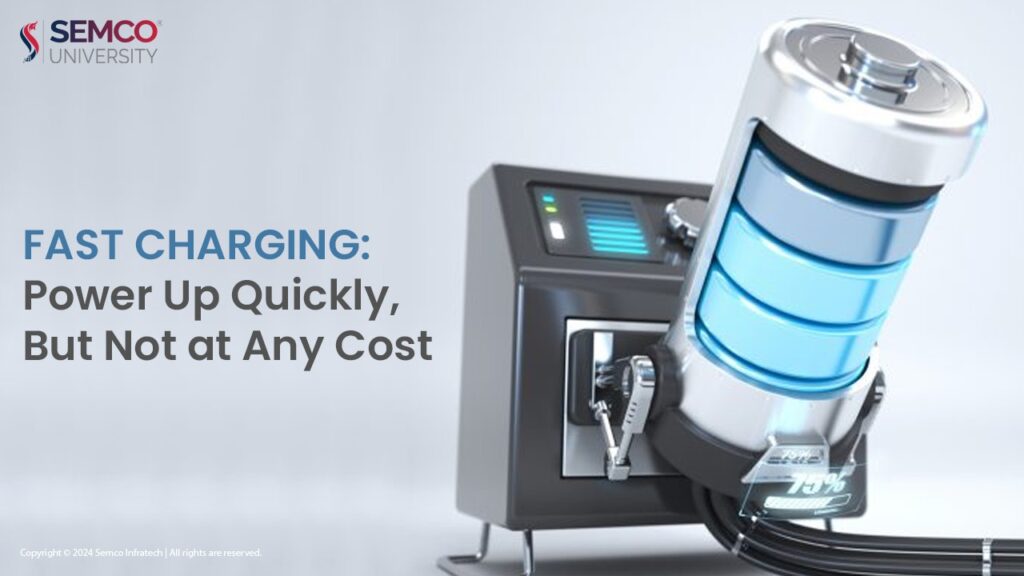Imagine a world where your phone goes from near dead to fully charged in just minutes. That’s the promise of fast charging, a technology that’s become increasingly common in our smartphones, laptops, and even electric vehicles.
But is it really all sunshine and rainbows?
While fast charging delivers undeniable convenience, it’s important to understand its impact on your battery’s health.
The Science Behind the Speed
Regular charging uses a steady flow of electricity to gradually fill your battery. Fast charging, on the other hand, kicks things into high gear by delivering a powerful burst of energy initially. This translates to a rapid increase in your battery level, often reaching up to 50% or more in a very short time. However, this burst of power comes at a cost – heat.
Heat: The Silent Battery Killer
Batteries, like most electronic components, don’t handle heat well. During fast charging, the increased power flow generates heat within the battery. While some heat is normal, excessive temperatures can accelerate the degradation of the battery’s internal components. This can lead to a decrease in overall battery capacity, meaning your phone won’t hold a charge for as long. In extreme cases, overheating can even damage the battery permanently.
The Delicate Dance of Lithium Ions
Lithium-ion batteries, the dominant technology in most devices today, rely on the movement of lithium ions between electrodes. During fast charging, these ions are forced to move at a much faster rate, which can put stress on the electrodes. This stress can cause the formation of lithium dendrites, tiny needle-like structures that can grow and eventually pierce the battery separator. A punctured separator is a recipe for disaster, leading to internal short circuits and potential safety hazards.

Finding the Right Balance
So, does this mean you should ditch fast charging altogether? Not necessarily. The key is to find a balance between convenience and battery health. Here are some tips:
- Use fast charging strategically: Reserve it for situations where you need a quick power boost, like before an important meeting or a long commute. For everyday charging, consider using a slower charger, especially overnight.
- Mind the temperature: Avoid charging your device in extreme hot or cold environments. This can further exacerbate the heat generation during fast charging.
- Choose the right charger: Use the charger that came with your device or a reputable brand. Cheap, third-party chargers might not have the proper safety features to regulate heat during fast charging.
- Don’t drain your battery completely: Regularly letting your battery drop to very low levels can also stress the battery and potentially shorten its lifespan.
The Future of Fast Charging
Researchers are constantly working on improving fast charging technology. New electrode materials and electrolyte formulations are being developed to better handle the stress of high charging currents. Additionally, advancements in thermal management systems can help dissipate heat more efficiently, mitigating the negative effects on battery health.
The Bottom Line
Fast charging is a valuable tool, but it’s important to be mindful of its potential drawbacks. By adopting some simple practices and understanding the science behind the technology, you can enjoy the benefits of fast charging while ensuring your battery stays healthy and lasts longer. Remember, it’s all about finding the sweet spot between speed and battery longevity.

